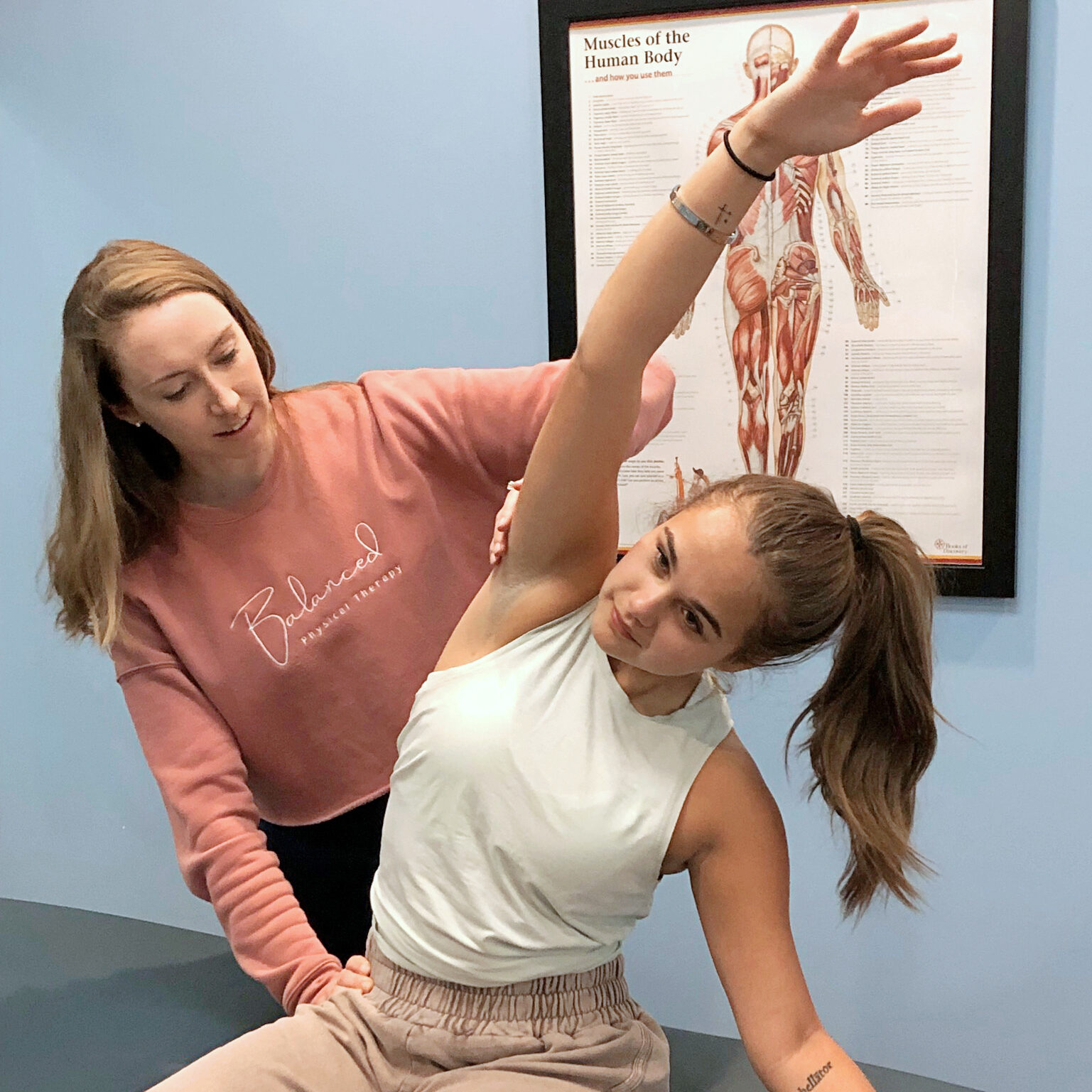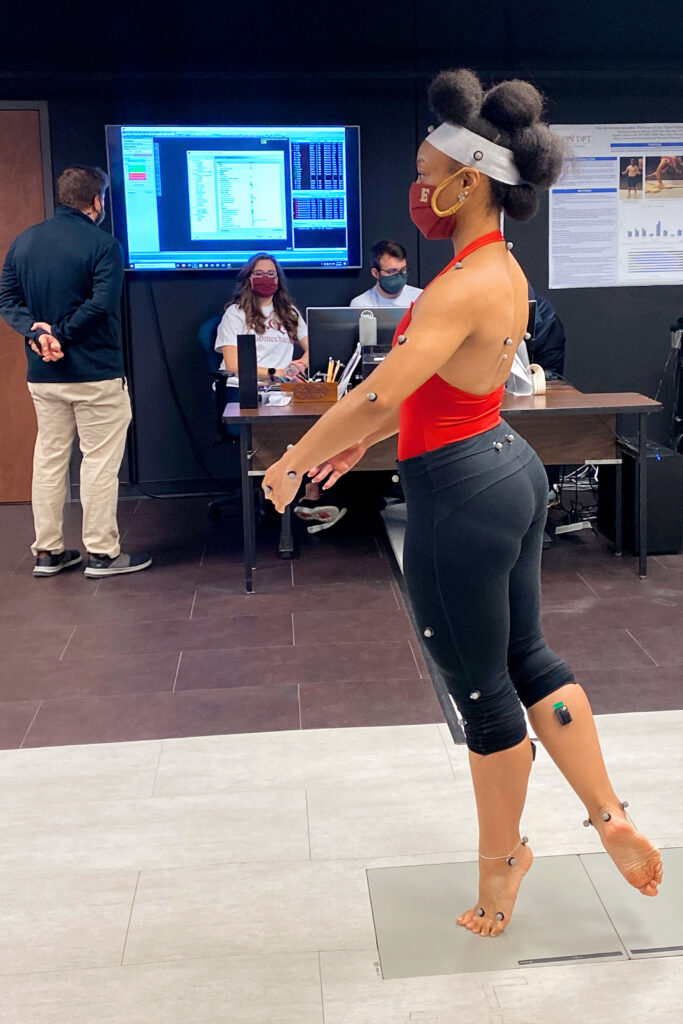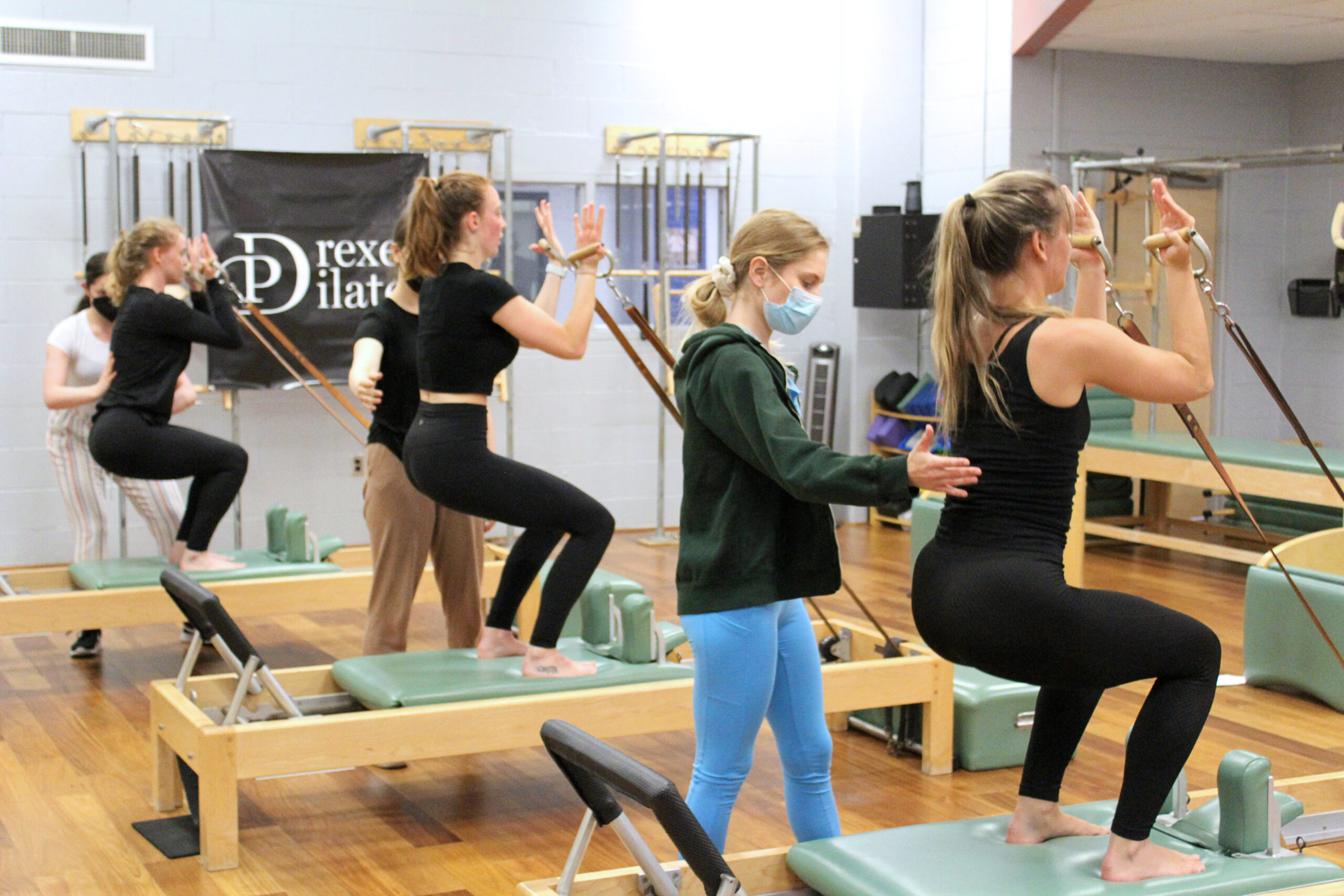How Dancers Can Draw Upon Their Kinesthetic Knowledge to Become Physical Therapists
When Bridget Kelly Sinha went to physical therapy for injuries as a high school dancer, she found that working with therapists who weren’t familiar with the demands of dance impeded her recovery. That experience convinced her of the importance of providers who understand dancers and their needs—and led her to pursue dance medicine herself. Now the owner of her own physical therapy clinic and Pilates studio in Charlotte, North Carolina, Sinha helps dancers heal and grow stronger, drawing on her own training and background.
Dancers have an advantage going into physical therapy because of the amount of bodily knowledge they already possess. “Every hour they’ve ever spent building their dance technique is a step along the path toward becoming amazing physical therapists,” says Jennifer Morley, associate teaching professor at Drexel University.

“When you work with a PT who knows dance, there’s an increased level of trust,” says Lauren Kearns, director of dance science at Elon University. Kearns sees a need in the field for more physical therapists with dance backgrounds. For college-age dancers, choosing a course load with the necessary prerequisites to apply to advanced degree programs in physical therapy is the next step toward filling that need.
There are many pathways to becoming a physical therapist—students can pursue dance science degrees, attend dance programs that offer specialized concentrations in physical therapy, double-major in dance and pre-PT, or focus on exercise science.
Research Prerequisites
Check to see if the program requires the necessary courses for applying to get a doctorate in physical therapy (DPT). Some schools have students take classes in dance, biology and exercise science to get an interdisciplinary education. When programs don’t require all of the prerequisites—Elon University’s dance science major doesn’t require physics, for example—students may be able to take them as electives. Kearns recommends students take a look at the physical therapist assistant centralized application service online (apta.org/cas/ptacas) to learn which courses are required for each grad school.

Look for Practical Experience
Seek out a school that offers opportunities for research and clinical experience at the undergraduate level, as this will help boost your application for advanced PT programs. Drexel University’s bachelor of science degree in dance offers a concentrated co-op experience in physical therapy, in which juniors spend six months working with professionals in their field of interest to gain hands-on experience and clinical hours. Students have worked with companies in the area, such as Philadelphia Ballet, Philadanco and BalletX. At Elon, students can participate in undergraduate research, and some have worked with graduate students and faculty in the affiliated DPT program, studying subjects like the effects of dance on Parkinson’s disease.
Get Certified
“If there’s any type of movement certification at your school, like Pilates, get certified as early as possible,” says Sinha. She found that this helped her gain the ability to teach movement prior to PT school, and she now incorporates Pilates into her practice. Drexel offers Pilates certification with fully equipped studios for its undergrad dancers.
Investigate Alumni Career Paths
“Don’t just Google, but call and get more information,” says Blanca Huertas-Agnew, interim dance director at Drexel. Talk to faculty to find out where alumni from the school got their DPTs and where they’re working postgrad.
One Dance PT’s Story
After dealing with numerous injuries, Dr. Bridget Kelly Sinha decided to switch from pursuing a BFA degree to physical therapy, becoming Elon’s first dance science major and helping create the curriculum for future students. Upon graduation in 2011, she worked as the director of dance medicine and conditioning at a physical therapy practice, to help dancers prevent injuries. “I realized that physical therapy was that great line of prevention and there’s so much you can do moving forward to get them back stronger,” says Sinha, who pursued her DPT at the University of Kentucky. Now Sinha helps dancers grow stronger in a well-rounded approach at her practice, Balanced Physical Therapy and Dance Wellness. “I wanted to start a practice where I could see people one on one, spend a full hour with them and really dive into the why and their goals,” she says.






